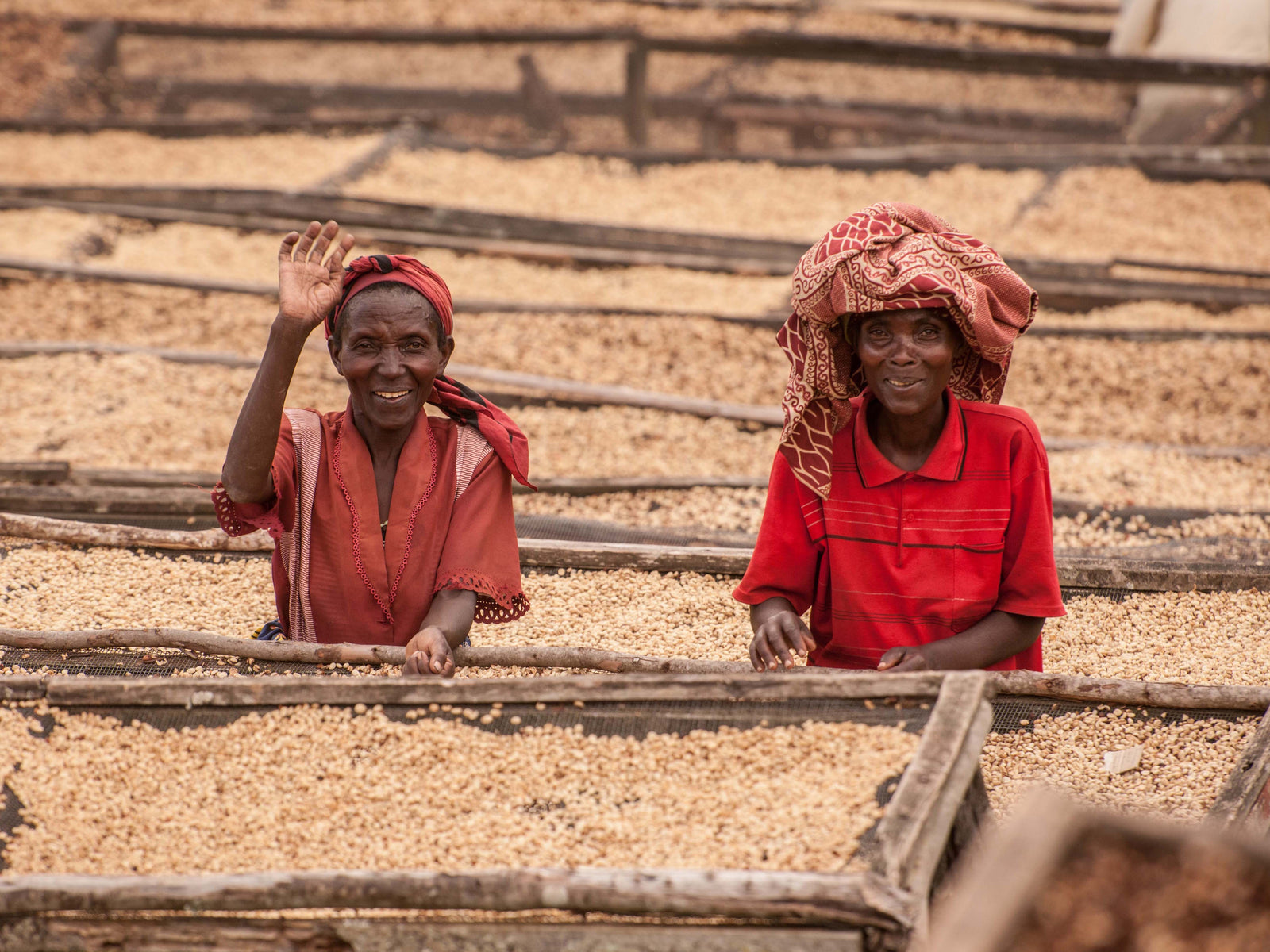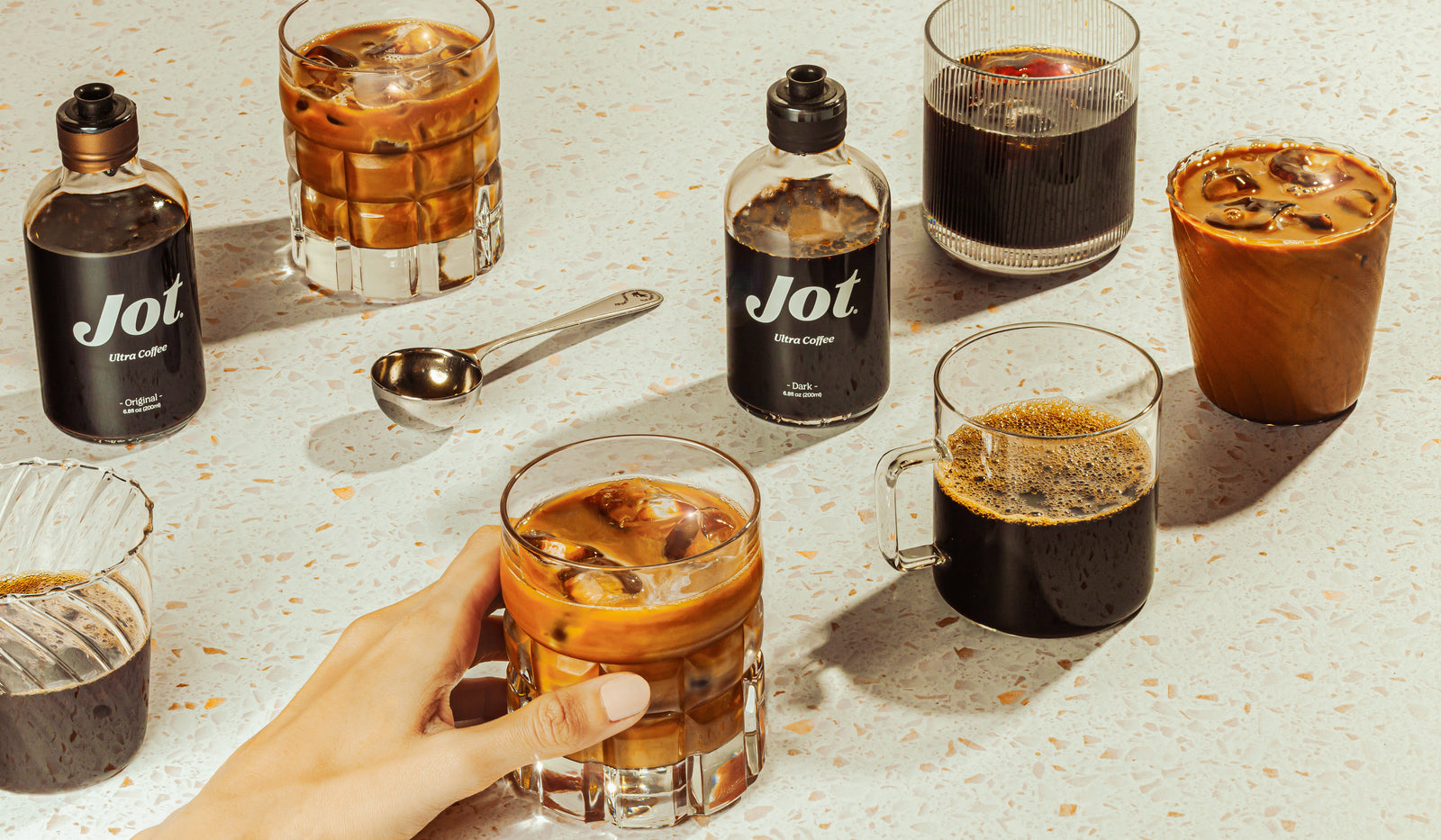At Jot, we’re committed to making gender equity a top priority in our supply chain. Last year, we met our goal of sourcing 40% of our coffee from women-owned farms and cooperatives, and we’re on track to meet our goal of 50% women’s coffee by the end of 2022.
While industry concerns like fair trading practices and forest conservation have, rightfully, become well-known issues driving conscientious coffee drinkers’ buying decisions, gender equity has not received the same level of public scrutiny.
Why is gender equity in coffee such a major concern – but so unrecognized?
It’s easy for us in America to misunderstand the nature and scope of the problem. We often think of farming in terms of our corn and soy agribusinesses, large corporate operations that are mechanized and industrialized.

But coffee is generally grown and processed in a completely different way. The vast majority of coffee beans grown worldwide, somewhere between 60% and 80%, are produced on smallholder farms – nearly 13 million of them.12 These farms are labor-intensive small businesses, and their organizational structures are essentially the same as those of the families that operate them.
Shifting the perception of women’s work
What this means is that, in most circumstances, the household role that a woman plays in a traditional, male-dominated coffee-growing family will carry over to a traditional, male-dominated coffee-growing business.
As Kimberly Easson, Founder and CEO of the Partnership for Gender Equity, puts it, “Coffee is for the most part considered a man’s business. Men are the ones that get to go to trainings; men are the ones that take the coffee to market; men are the ones that own the land and are members of farmer cooperatives.”
At home, a coffee-farming woman may be seen as the wife and mother, but on the farm, rather than being a worker like any other, she’s still seen as the wife and mother.
Behind the all-male commercial face of coffee, it’s women who are actually doing not just the bulk of the household duties – child rearing, cooking, and cleaning – but also the manual labor of the farm itself – and yet their work goes almost entirely unpaid.
“There is not one coffee bean that is not touched by a woman,” Kimberly says.
“When you peel back the layers of the onion, you see that it’s all based on women’s labor. Women are the hidden workforce in coffee. They do anywhere from 40–80% of the coffee labor around the world, and yet their work is not valued or remunerated in any way.”
Excluding women from the conversation
This invisibility also impacts efforts to lift coffee communities out of poverty. There are many organizations working hard to create opportunities for economic advancement for smallholders through agricultural skill-sharing, leadership trainings, and more. And yet, whether out of simple cultural bias or outright malice, women are by and large excluded.
“More than $500 million per year is being spent in coffee-producing countries to improve agricultural practices, to help with carbon mitigation, and other programs on the ground,” Kimberly reports, “But most of those programs never reach women.”
Fueling the world’s economic engine3
By excluding women from the conversation, these efforts get hamstrung before they ever even get started.
“It’s like human resources in any company,” Kimberly explains. “If you want the best-trained workforce you can possibly have but you’re leaving out 50% of the workforce, then your training investment is not going to have the impact that it could.”
This is especially true in the case of smallholder coffee farming. In a remote rural region, having more money to spend means having more money to spend within your community. The economic well-being of individuals has a direct impact on the economic well-being of an entire community.
When you put money in the hands of a woman, she’ll spend 90% of that money on household needs. Men spend maybe 30–40%.
As Kimberly explains, data suggests, “when you put money in the hands of a woman, she’ll spend 90% of that money on meeting household needs, making sure the children are fed, that they have what they need for their education, on clothing, on getting more nutritious food on the table. And that men will not spend that amount of money, they’ll spend maybe 30–40% on household needs.”
If the ultimate goal of a development effort is to create tangible improvement in the daily welfare of not just an individual, but of their family and, thereby, of their entire community, you can see why, at Jot, we believe that advancing gender equity is the bedrock of the whole endeavor.
Making a difference
But just how should we go about changing the perception of women’s labor in the coffee industry?

The most obvious answer to this question is to borrow from the tactics of Fair Trade and environmental sustainability movements: Establish a certification system so that coffee produced in ways that empower women growers gets a clear label identifying it as such.
This strategy is certainly underway in the designation of what is termed “women’s coffee.”4 These are specific lots of coffee beans grown by recognized women-owned or women-led coffee farms and cooperatives. They often also include training and assistance programs that promote women’s entrepreneurship and leadership, helping to establish their long-term success and creating a process for lifting up future generations of women leaders in the community.
Jot’s gender equity commitment includes buying over 50% of our 2022 coffee beans from lots that are specifically-designated as “women’s coffee.”
“All coffee is women’s coffee.”
But unlike certifications like Fair Trade, Organic, or Rainforest Alliance, a “women’s coffee” designation is just step one in addressing the underlying issue.
As Kimberly Easson puts it, “All coffee is women’s coffee. Buying ‘women’s coffee’ is great and we should buy more women’s coffee – but that affects only 5% or maybe 10% of women [the ones lucky enough to work on those specific farms and coops]. We still have this other 90% that’s hidden. So as we’re doing these projects to support women’s entrepreneurship or leadership training and things like that through women’s coffee, which is all really important and we need to be doing more of it, we need to also be doing something for this other 90% that’s hidden.”
For this reason, as the second pillar of Jot’s commitment to promoting gender equity in coffee, we are proud to be among the founding industry members of the Partner for Gender Equity’s “Gender Equity Index.”
Kimberly describes the GEI as “a diagnostic tool that companies providing services to farmers use to better understand how to deliver their services so that these programs reach and benefit women. This way, over time, we’re empowering the women and transforming the circumstances in which these women are working.”
By employing the GEI, coffee traders, brands, and international development programs to assess the level of gender equity in all the regions where they work so that the unique, culturally specific needs of women on those farms are also taken into account.
Through these efforts we hope to help lift up the invisible laborers in the coffee economy and improve the lives of entire coffee-growing communities. It’s why fighting for gender equity is just one more way that Jot is working to unlock coffee’s pure potential.
1https://carto.com/blog/enveritas-coffee-poverty-visualization/
2https://www.rucicoffee.com/blog/the-importance-of-coffee-farmers
3https://www.forbes.com/sites/marymeehan/2014/03/17/women-the-global-economic-engine/?sh=230e12a668c2









